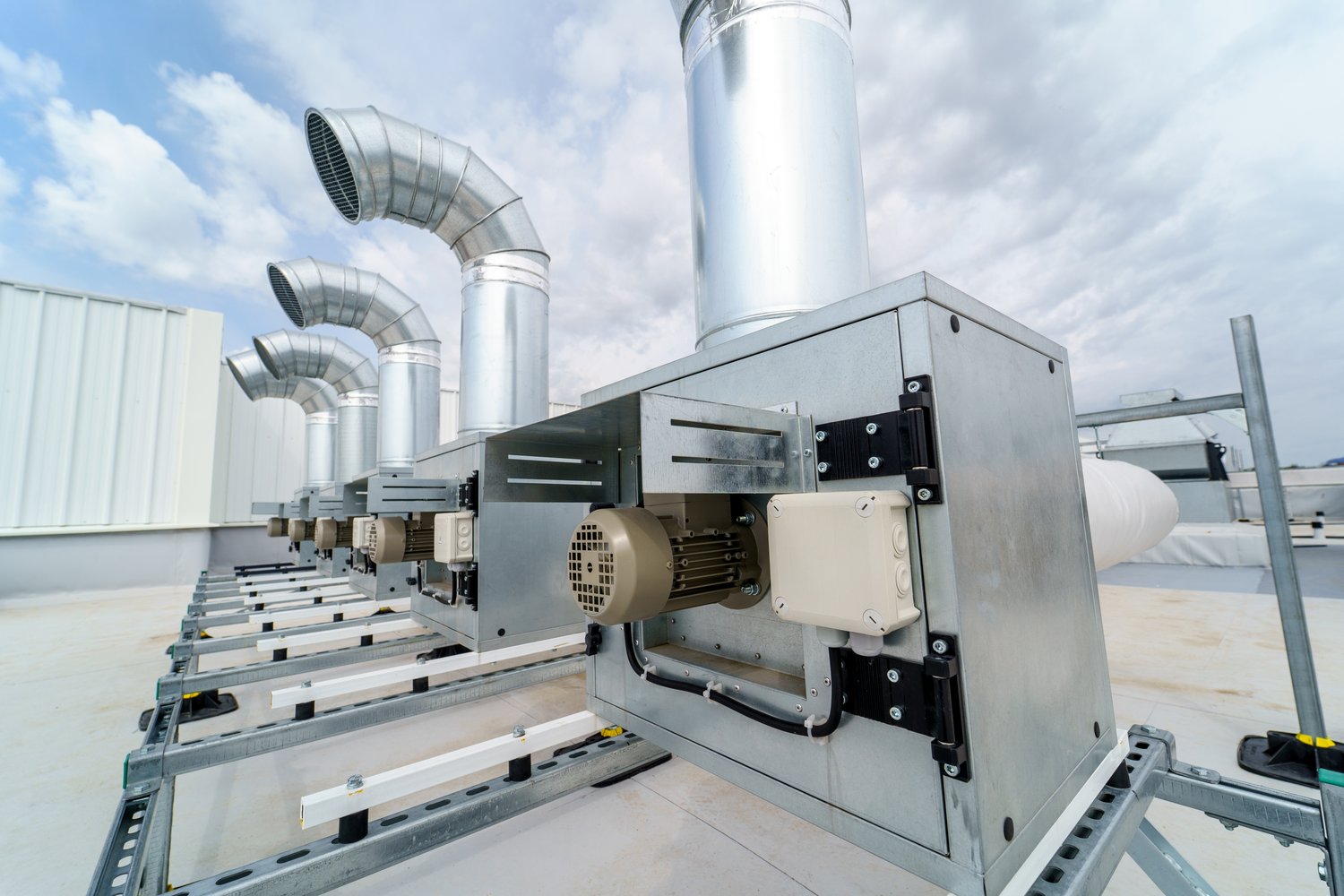Understanding Recuperation in Ventilation
Recuperation is a vital process in modern ventilation systems. It involves recovering heat from exhaust air to warm incoming fresh air. This technology significantly reduces energy consumption in buildings. Recuperation https://onninen.pl/en/products/Air-conditioning-and-ventilation/Recuperation systems can recover up to 90% of heat from outgoing air. These systems are essential for maintaining good indoor air quality while minimizing energy costs.
The primary component of a recuperation system is the heat exchanger. It transfers heat between the exhaust and supply air streams without mixing them. This process ensures that fresh air enters the building at a comfortable temperature. Most heat exchangers use a cross-flow or counter-flow design for maximum efficiency. Regular maintenance of heat exchangers is crucial for optimal performance.
Recuperation systems come in various sizes and configurations. They can be installed in residential homes, office buildings, and industrial facilities. The choice of system depends on factors such as building size, occupancy, and local climate. Some advanced systems also incorporate humidity control and air filtration features. These additional functions further enhance indoor air quality and comfort.
Benefits of Recuperation Centers
Recuperation centers are central units that manage the entire heat recovery process. They coordinate the flow of air throughout the building’s ventilation system. These centers typically include fans, filters, and control systems. Recuperation centers https://onninen.pl/en/products/Air-conditioning-and-ventilation/Recuperation/Recuperation-centers can reduce heating costs by up to 50% in cold climates. They also help maintain consistent indoor temperatures, improving overall comfort.
Modern recuperation centers often feature smart controls. These allow for automated adjustment based on indoor and outdoor conditions. Some systems can be controlled remotely via smartphone apps. This technology enables users to optimize their ventilation system for maximum efficiency. Advanced centers may also include sensors to monitor air quality and adjust ventilation rates accordingly.
Installation of recuperation centers requires careful planning. Factors to consider include the building’s layout, existing ductwork, and electrical systems. Professional installation ensures proper integration with other HVAC components. Regular servicing of recuperation centers is essential for maintaining their efficiency. This typically involves cleaning or replacing filters and checking the heat exchanger for any signs of wear.
Advantages of Wall Recuperation Units
Wall recuperation units are compact systems designed for individual rooms or small spaces. These units are installed directly through an exterior wall. They provide localized ventilation and heat recovery without the need for extensive ductwork. Wall recuperation https://onninen.pl/en/products/Air-conditioning-and-ventilation/Recuperation/Wall-recuperation units are ideal for retrofitting older buildings. They can be installed with minimal disruption to the existing structure.
These units operate on the same principle as larger recuperation systems. They extract stale air from the room and simultaneously bring in fresh air from outside. The heat exchanger within the unit transfers heat from the outgoing air to the incoming air. Most wall units can recover up to 80% of heat, depending on the model and conditions. This efficiency helps maintain comfortable room temperatures while reducing energy consumption.
Wall recuperation units often include additional features for user comfort. These may include adjustable fan speeds, washable filters, and remote controls. Some models also incorporate night cooling modes and frost protection. The compact size of these units makes them easy to maintain. Regular cleaning of filters and external grilles is usually sufficient to keep them operating efficiently.
Importance of Air Distribution Systems
An effective air distribution system is crucial for the proper functioning of recuperation systems. It ensures that fresh, temperature-controlled air reaches all areas of the building. The air distribution system https://onninen.pl/en/products/Air-conditioning-and-ventilation/Recuperation/Air-distribution-system typically consists of ducts, vents, and diffusers. Proper design of this system is essential for maintaining balanced airflow throughout the space.
The size and layout of air ducts significantly impact system efficiency. Ducts should be properly insulated to prevent heat loss or gain during air distribution. Flexible ducts can be used for short runs, but rigid ducts are preferred for main distribution lines. Regular inspection and cleaning of ducts help maintain air quality and system performance. This maintenance prevents the buildup of dust and contaminants that could circulate through the building.
Vents and diffusers play a crucial role in air distribution. They should be strategically placed to ensure even air distribution and prevent drafts. Adjustable vents allow for fine-tuning of airflow in different areas. Some advanced systems use motorized dampers to automatically adjust airflow based on room occupancy or temperature. Proper balancing of the air distribution system is essential for optimal comfort and energy efficiency.





